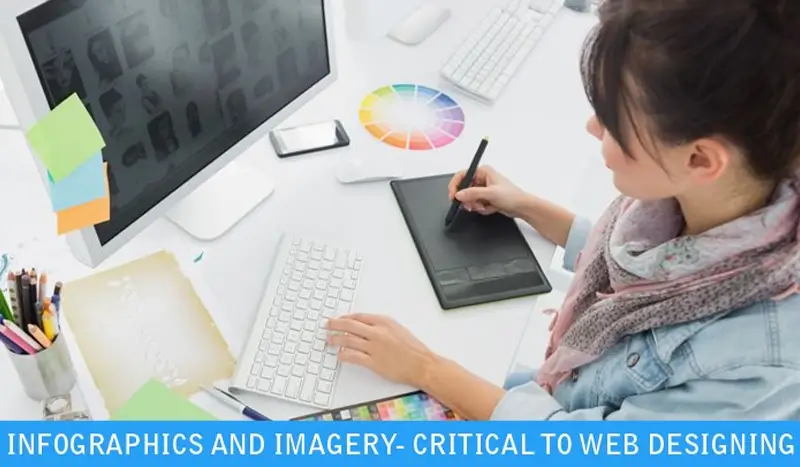Introduction
With the trend of using the internet to convey information to millions of people worldwide, it also becomes a challenge on how you can effectively communicate to the people with your contents. Making one’s content eye-catching and easy to understand is not an easy task. You need to dig deeper into a topic and look for ways to present it in a manner that you could outshine your competitors.
- An info graphic (information graphic) is a representation of information in a graphic format designed to make the data easily understandable at a glance. People use info graphics to quickly communicate a message, to simplify the presentation of large amounts of data, to see data patterns and relationships, and to monitor changes in variables over time.
- Info graphics are being used more and more frequently to help people understand the information contained in that data.
For creating a successful info graphics for Web design these factors need to be consider:
Info graphics are the combination of text and images to create maximum impact. There are two core activities to infographic success.
- Great design
- Successful promotion and marketing
Story
Tell a story that isn’t about you but your audience. You need to work out what is an area of interest that will be relevant to your audience. Listen to what blog posts resonate, what gets shared the most and what drives the most traffic.
Style
Style is subjective but a good designer will know from experience what works. Chunk it down so you are capturing the main points. It needs to be hierarchical and digestible. Less is sometimes more.
Simplicity
Minimalist design is an art form that limits the types of fonts, shapes and image styles. It means avoiding confusion by creating flow and connection
Size
Optimizing for size means considering the number of pixels and also the size of the file .You don’t want the info graphic to take a long time to download. In terms of length you don’t want it too long. Try creating an info graphic that is 1,500 to 2,000 pixels in length.
Statistics
If you want to create impact about growth and have lots of stats then info graphics are perfect for that. Make sure they are factual and reliable, current and helpful.
Share ability
Make your info graphic easy to share. Provide an embed code. You also need to make sure it gets shared by letting influencers and your fans on social networks know about the “awesome” new info graphic that you have just created. Success is not set and forgets.
Copy right and licensing concerns
Copyright is the legal concept that works—art, writing, images, music, and more belongs to the people who create them. According to copyright law, any original content you create and record in a lasting form is your own intellectual property. This means other people can’t legally copy your work and pretend it’s their own. They can’t make money from the things you create either.
You can still cite and refer to other sources (including copyrighted materials) in your work. But to use, copy, or change a copyrighted work, you need permission from the person who holds the copyright. This permission is called a license.
Source
Make sure you attribute and let your audience know where you got the facts and figures from. Credibility is an important factor for a successful Info graphic.
- Images are a critical part of your website design in some areas.
- In other areas, they are definitely less important. At the highest level, images help your visitors connect and feel comfortable on your site. If 65% of the population describes themselves as visual learners, then you have to plan for people who want to look at pictures instead of reading words when you tackle a website design.
Identify and prioritize all the goals of the page — both the user goals, and the business goals (including brand goals.) Is the page primarily a marketing vehicle to build your brand? Or are most visitors already familiar with your organization (or at least your industry vertical), and now need specific content or functionality?
Define how each design element relates to the page goals. Images are usually decorative, and support branding goals. Navigation and structured search relate to specific user tasks.
Assign visual weight based on goal importance. If a design element supports a high priority goal, it should have more visual emphasis; conversely, design elements related to secondary goals should have less emphasis. (This guideline sounds obvious, but is often completely disregarded, or gets lost along the way to creating a ‘modern’ looking website.)
Select images that have a strong relationship with brand goals. Remember, the purpose of your site is not just to showcase images Instead, the images you select should showcase the purpose of your site.
Choose striking visuals that capture attention. Once you’ve identified the goals of your images and their relative importance among other design elements, and you’ve determined what types of images relate to these goals — only then should you focus on selecting the most compelling images you can find.
Be selective about which trends you embrace when ‘updating’ your site. For many redesign projects, creating a site that looks ‘modern’ is an important goal. But there are many ways to accomplish this goal. Typography, layout, and brand colors — just to name a few—can all be effectively used to create a modern look and feel, while still providing appropriate emphasis on critical site functions.
Conclusion
Info graphics and Images are the main visual hook for websites that appears in logos, backgrounds, sliders and many more. They draw users into reading the text, illustrate the information provided in articles and blog posts and sometimes just entertain.
For more information about how to do Info graphics and imagery for your Web designing, please drop an Email to: info@oditeksolutions.com







